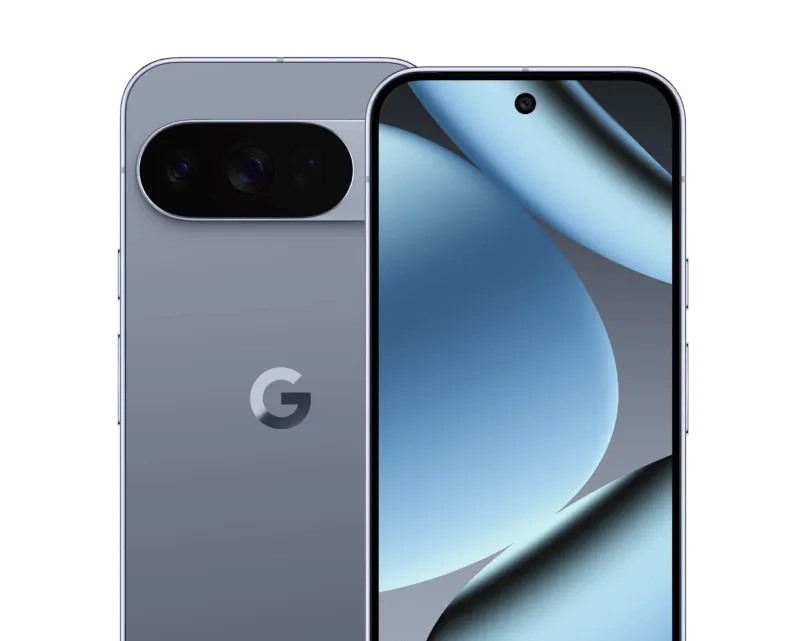Google’s Pixel 10 Pro starts at $999 (official store), so if you want most of its benefits for less, this round-up is for you. We prioritized phones that keep Android clean, shoot reliably great photos, and promise long software support.
How we’re selecting and grouping:
- Price ceiling: under the Pixel 10 Pro’s $999, ideally $500–$900.
- Primary use case: clean Android experience, strong point-and-shoot camera, and dependable battery life.
- Support: multi-year OS/security updates (ideally 6–7 years).
- Format: category-based picks by use case, not strictly ranked.
Best overall under $800
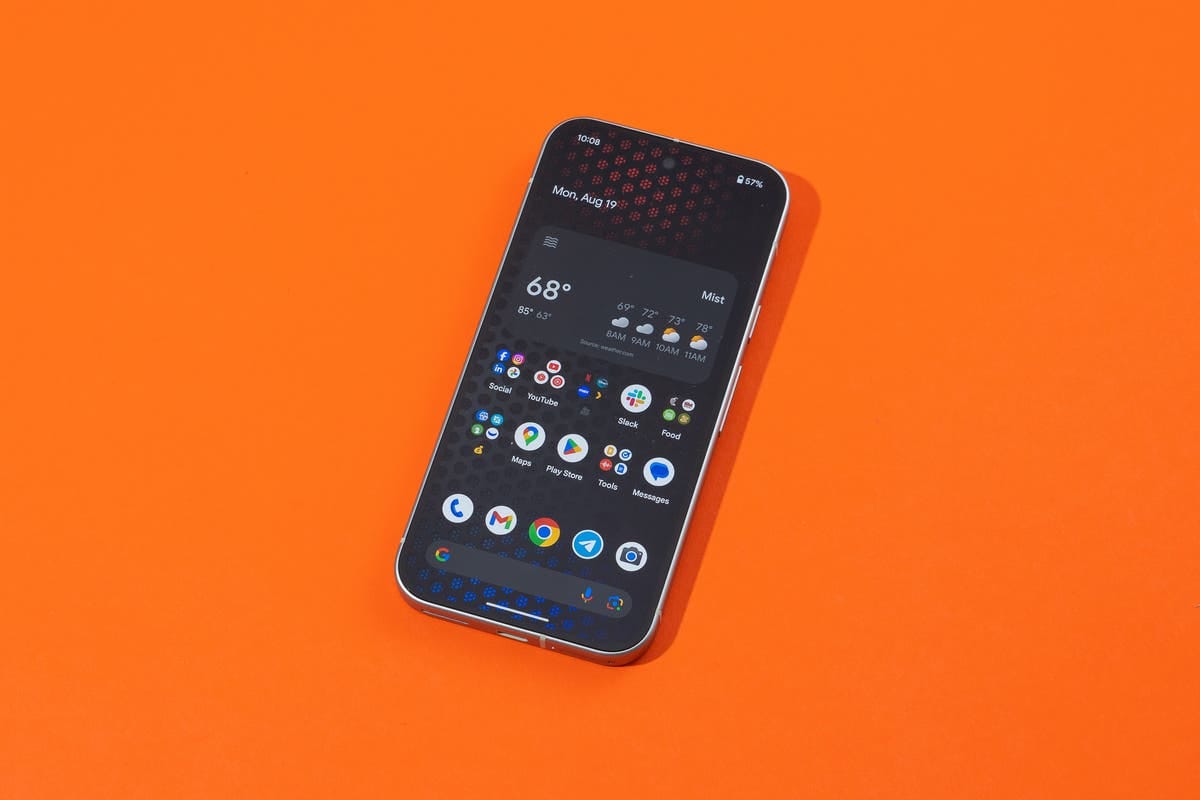
1. Google Pixel 9 — Flagship feel, Pixel polish
Pixel 9 delivers the “best of Pixel” experience—clean Android, excellent computational photography, and long support—at a lower price than the 10 Pro. You get a bright 6.3-inch 120 Hz OLED, a 50 MP main camera plus a sharper ultrawide, and the Tensor G4 that powers on-device AI and smooth daily performance. Battery life is solid for a full day, with wired charging that reaches about ~55% in ~30 minutes. While it skips the Pro’s 5x telephoto and some pro camera controls, its point‑and‑shoot results are among the most reliable in Android. The chassis feels premium, and the new ultrasonic fingerprint reader is fast. Choose this if you want the safest “Pixel sweet spot” without paying four figures.
- Strengths: Top-tier auto camera processing; clean Android with timely AI features; premium build for the price.
- Limitations: No 5x telephoto; wired charging is only modestly quick by Android standards.
- Best for: People who want a refined flagship-like Pixel for
$799and long-term support (up to ~7 years).
Pixel 9 vs Samsung Galaxy S25 (below): If you care most about point‑and‑shoot camera reliability and the cleanest Android feel, Pixel 9 is the safer pick. If you want snappier gaming and broader hardware control, S25 has the performance edge.
Best budget
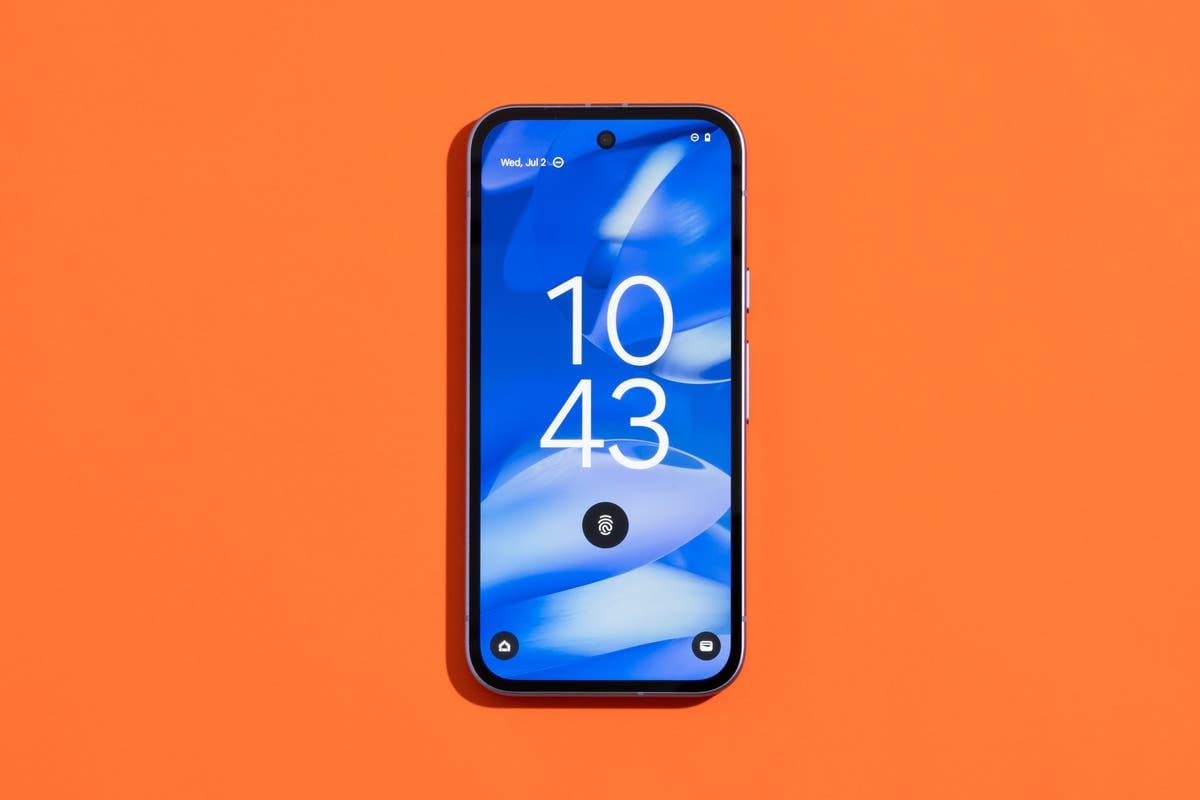
2. Google Pixel 9a — Nearly-flagship Pixel for $499
Pixel 9a brings the Pixel formula to an aggressive price point without feeling “budget.” You still get a 6.3-inch 120 Hz OLED, the Tensor G4, and the same clean Android/AI perks as the flagships. The dual-camera setup (48 MP main + 13 MP ultrawide) is reliably great in daylight and good in low light, with Google’s familiar color and exposure tuning. Battery life is excellent thanks to a 5,100 mAh pack; the trade-off is modest 23 W wired and 7.5 W wireless charging. Build materials are more utilitarian than the flagships, but it’s durable and comfortable. Choose this if you want the best camera and software experience under $500, plus one of the longest update promises in its class.
- Strengths: Pixel-grade photos; long battery life; the cleanest software experience at this price.
- Limitations: Slower charging; no telephoto; plastic back feels less premium.
- Best for: Value hunters who want a “just works” camera and
~7 yearsof support for$499.
Pixel 9a vs Nothing Phone (3) (below): Pixel 9a wins for camera consistency and guaranteed support length; Nothing (3) wins for RAM/storage and a more playful, near‑stock interface.
Best Samsung for less
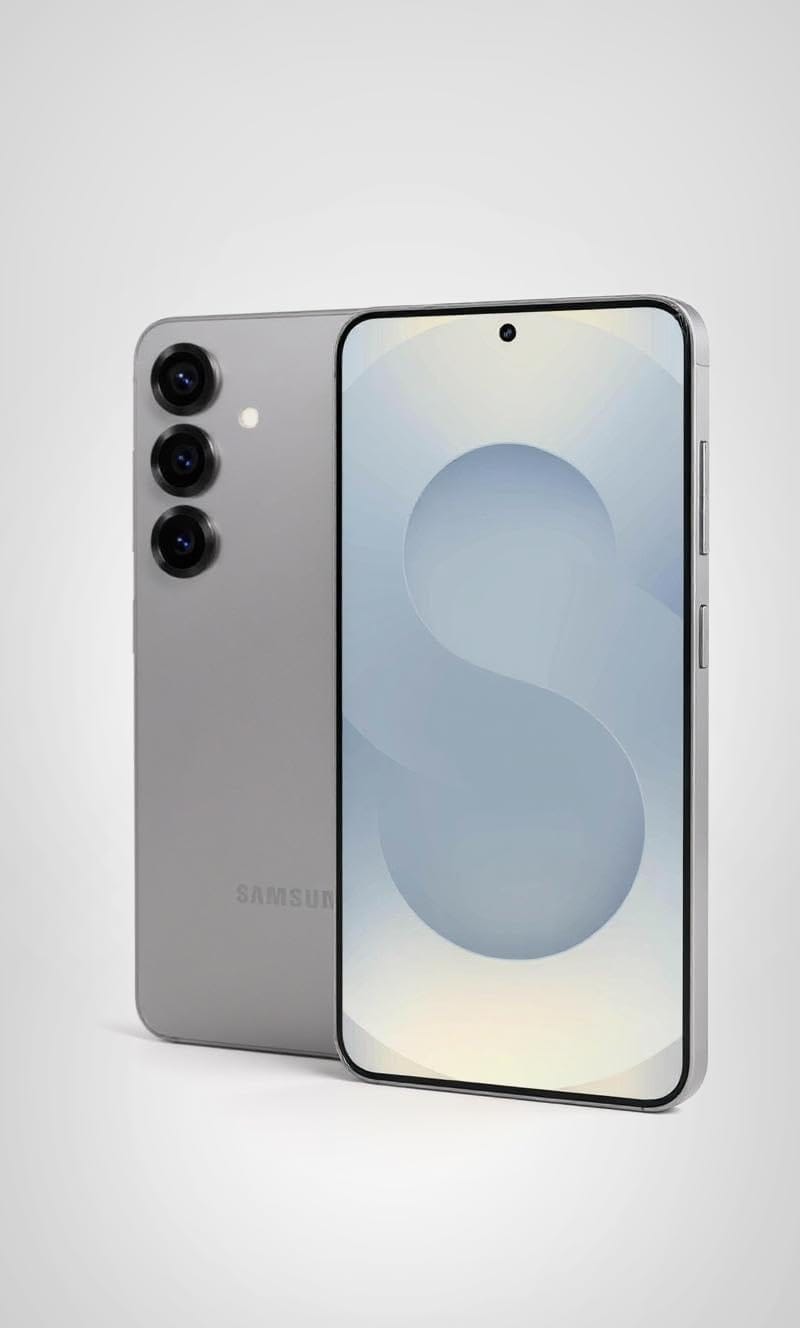
3. Samsung Galaxy S25 — Flagship performance without the Ultra price
S25 is the mainstream alternative that undercuts the Pixel 10 Pro by about $200, while delivering fast hardware and long support. With Qualcomm’s latest Snapdragon 8 Elite and 12 GB RAM on the base model, it’s a smooth daily driver and a better pick than Pixel for intensive gaming. The camera system is versatile and improves yearly, though Pixel still tends to “win” quick snaps with less effort. One UI is packed with features and settings—great for tinkerers, though it includes more preloads than a Pixel. Choose this if you want speedy performance, Samsung’s rich feature set, and seven years of updates in a phone that’s cheaper than the Ultras and Pros.
- Strengths: Faster chipset for games/multitasking; long support window; robust customization.
- Limitations: Heavier UI with more preinstalled apps; point‑and‑shoot photos aren’t as consistently natural as Pixel.
- Best for: Users who prioritize performance and features over the minimalist Pixel approach.
Best for a near‑stock vibe that isn’t Pixel
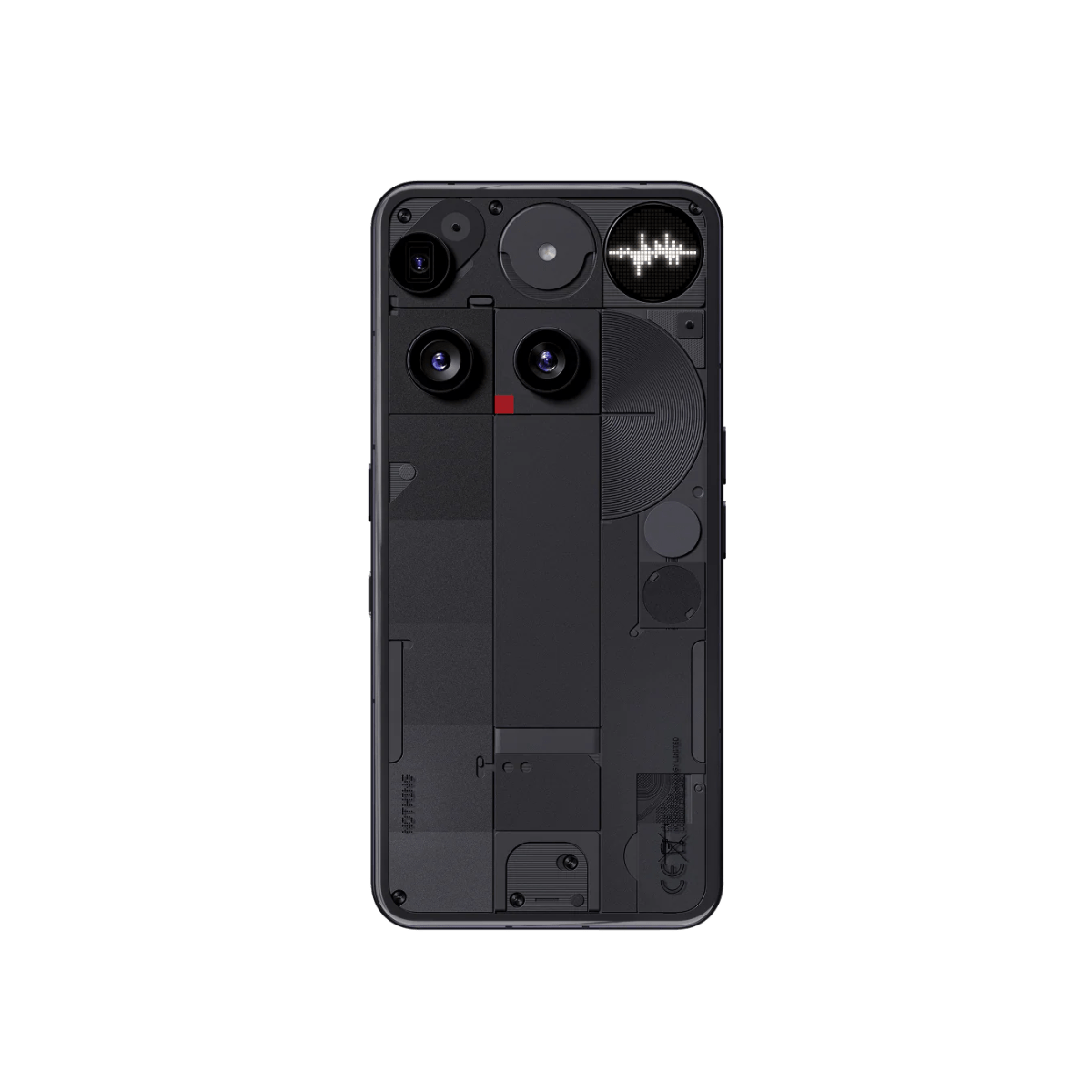
4. Nothing Phone (3) — Clean UI, bold design, big RAM/storage
If you love Pixel’s minimalism but want something fresher-looking, Nothing (3) nails the vibe with a transparent back and the playful Glyph lights. It moved upmarket, offering 16 GB RAM / 512 GB at around $799, which is compelling versus similarly priced Pixels. Day‑to‑day performance is snappy, the UI is lean and tasteful, and battery life is strong. The cameras are good and improving, but still not as reliably “fire‑and‑forget” as Pixel in mixed lighting. The Glyph matrix on the back is fun for notifications but remains more style than essential function. Choose this if you want a near‑stock Android feel with head‑turning hardware and generous specs for the money.
- Strengths: Near‑stock UI; standout design; lots of RAM/storage for the price; solid battery life.
- Limitations: Camera quality trails Pixel in tough scenes; Glyphs are more novelty than necessity.
- Best for: Pixel fans who want similar simplicity with bolder hardware and bigger specs.
Best sub‑$1,000 speedster
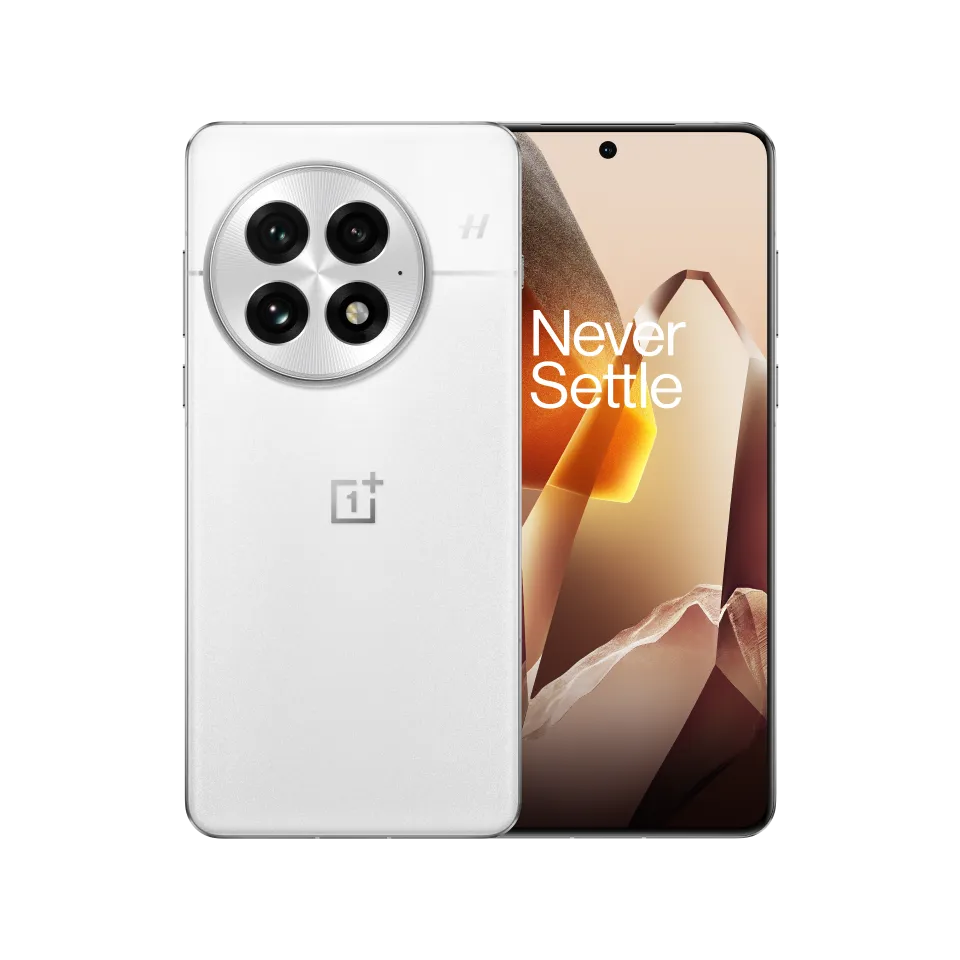
5. OnePlus 13 — Top-tier speed and charging under $1,000
The OnePlus 13 packs Snapdragon 8 Elite performance and fast charging into a package that stays under the Pixel 10 Pro’s price. It feels instantly responsive in heavy multitasking and demanding games, and its display is bright and fluid. The cameras are solid (and keep improving) but still a notch behind Pixel/Samsung for consistency. OxygenOS adds many features and tweaks—power users will love it—though it’s a heavier skin than Pixel’s Android. OnePlus promises a long support window (six years total with four OS upgrades), which is competitive even if it trails the longest promises from Google and Samsung. Choose this if you want a blazing daily driver with speedy top‑up times and you’re fine with a less minimalist interface.
- Strengths: Class‑leading performance feel; fast charging; bright, smooth display.
- Limitations: Camera consistency trails Pixel/Samsung; heavier UI than stock Android.
- Best for: Users who prize speed and charging convenience at around
$900.
Quick cross-shopping notes
Pixel 9 vs Galaxy S25: Pixel is the better “pull out and shoot” camera and the cleanest software; Samsung wins for raw speed, gaming, and deeper customization.
Pixel 9a vs Nothing (3): Pixel 9a is the budget camera champ with the longest support; Nothing (3) gives you more RAM/storage and a near‑stock feel if you want a step up in specs and style without going Pro.
If you want a clean Android phone with great photos for less, start with Pixel 9 (or Pixel 9a if you’re cutting costs). For faster chips and richer customization under $1,000, Samsung S25 and OnePlus 13 are the better fits—Nothing (3) splits the difference with a near‑stock feel and bold design.

